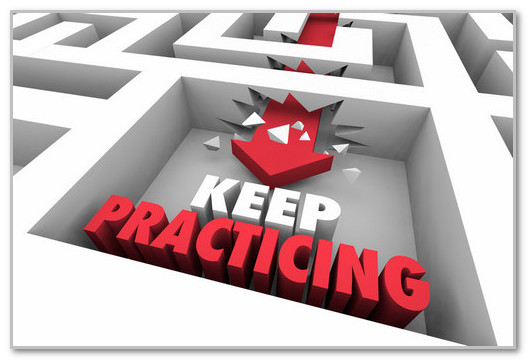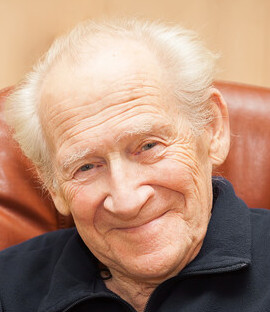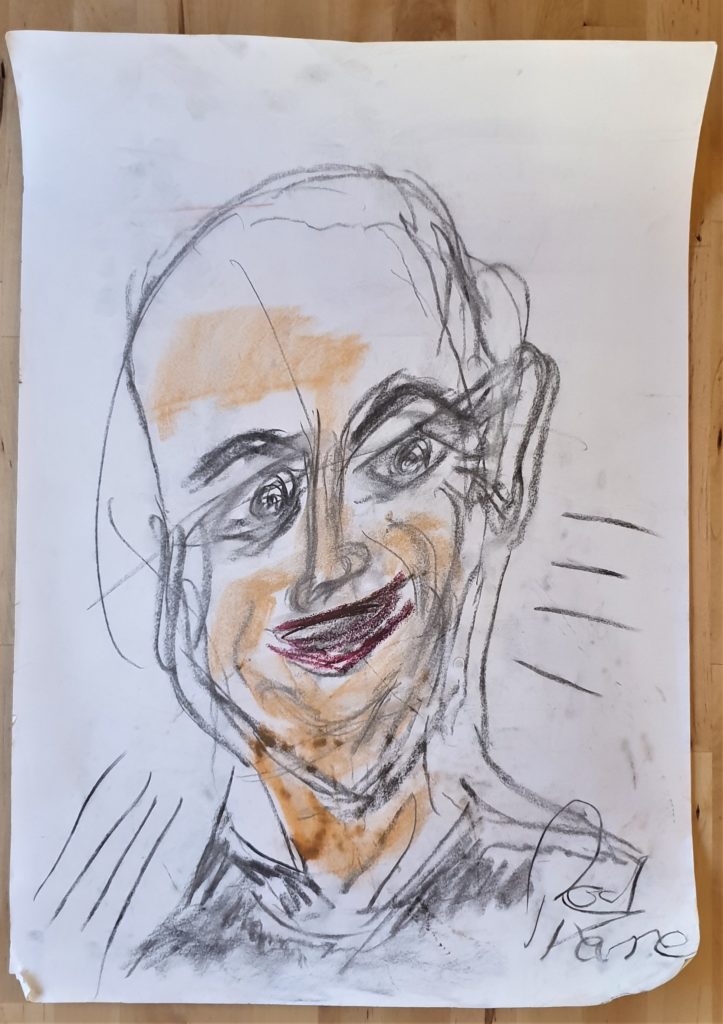
I always encourage participants in my aged care and sports chi workshops to train at least three times a week so they can maintain a certain skill level they have learned. I always encourage participants in my aged care and sports chi workshops to train at least three times a week so they can maintain a certain skill level they have learned.
It’s something I preach and practice in my own Tai Chi training. And there is no better example than stance training to underline the importance of practicing three times a week to maintain a skill level. This is a skill where you stay stationary in a posture for a certain amount of time. The standing postures vary between high, mid and low stances.
For example, the high stance I practice, Embrace the Tree, is demanding – especially when you hold this posture for one hour, which I do three times a week. I started practiciiiiing this posture a few years ago holding it for 30 seconds at a time, three times a week. Then I added a few seconds each week until I can now maintain a one hour stance with ease.
So when you teach your residents an/or sports players, remember to emphasise practicing at least three times a week to maintain skill levels.
If I practice less than three times a week I know the skill will wither away and I won’t be able to hold the stance as long as I can now.




